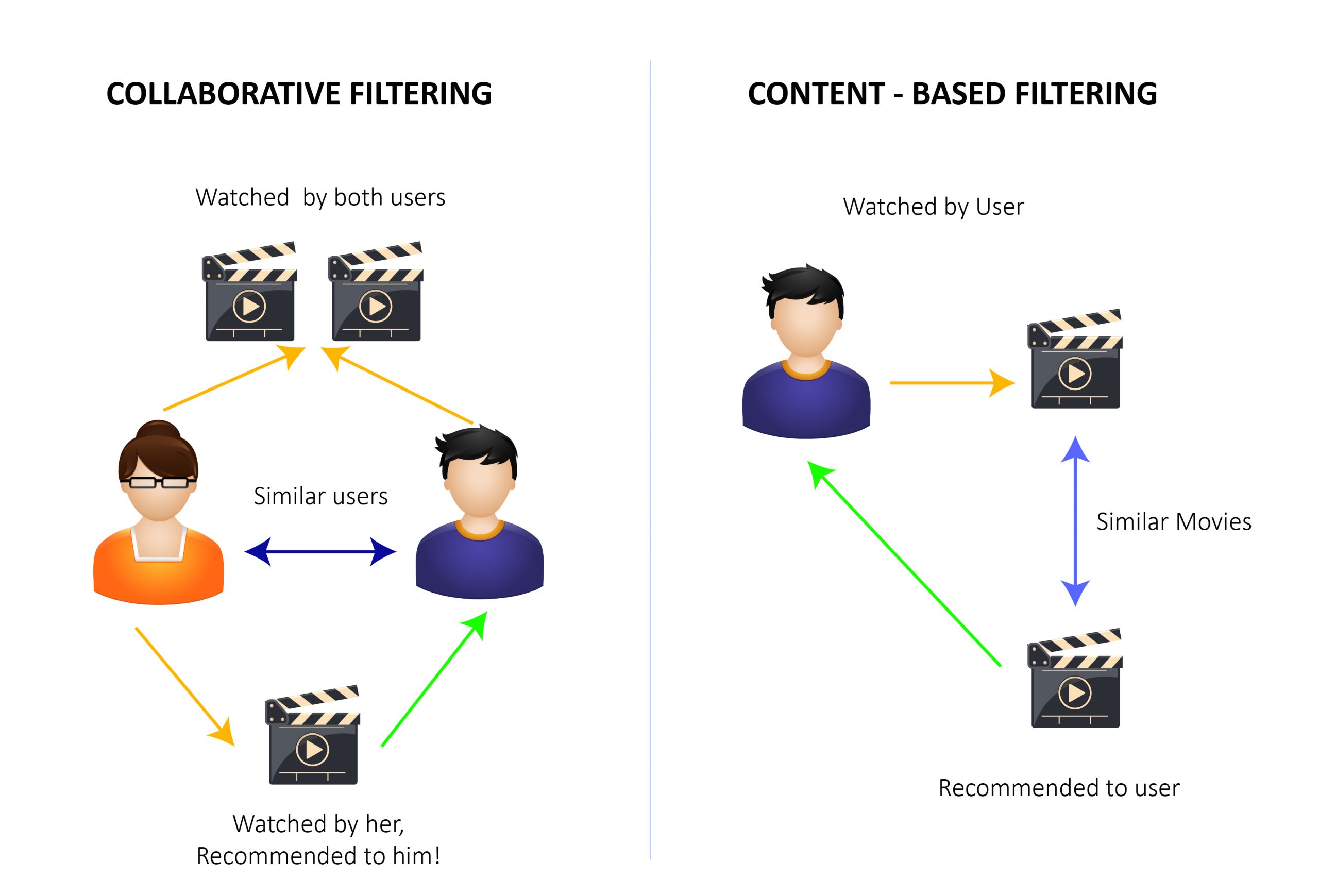The use of recommendation engines has become a crucial component of the e-commerce industry as the number of online businesses grows on a daily basis. A recommendation engine is a system that, based on data analysis, proposes products, services, and information to users.
According to a recent McKinsey[1] survey of senior marketing leaders, only 15% of Chief Marketing Officers(CMOs) believe their company is on the right track with personalization, and recommendation engines are a powerful approach to provide users a customized service.
A recommendation engine works by analyzing trends in customer preferences, which can be generated implicitly or explicitly. Nowadays, recommendation engines are all around the place. Some of the most well-known companies we encounter in our everyday lives include Netflix, Amazon, Google, and Goodreads. According to McKinsey[2] analysis, 35% of amazon.com’s revenue is generated by its recommendation engine.
Algorithms developed for recommendation engines, in general, rely on previous purchases and page views. Furthermore, many services now offer real-time recommendations, as they use AI to analyze user interactions and find visually appealing products that will appeal to any individual customer.
AI enables recommendation engines to make quick and to-the-point recommendations based on the needs and preferences of the customer. According to Microsoft[3], Netflix’s recommendation system accounts for up to 75% of video consumption, while YouTube accounts for 60% of views.
A good recommendation engine must, however, overcome a few extended challenges. It’s annoying to keep recommending the same products. Furthermore, suggesting the same things repeatedly tends to result in unreliable statistics and content fatigue.
Because AI makes recommendations based on the user’s visual preferences rather than product descriptions, online searching is also improving.
How does the Recommendation Engine work?
1. Collecting the data
Data is divided into explicit categories like ratings and comments and implicit categories such as search log, order and return history, clicks, page views. Collecting data is an effective approach through which recommendations can be made relevant.
2. Filtering the data
Filtering the data is necessary to provide relevant recommendations to the users. A people-powered recommendation engine must be able to correlate not only the product but also customer, inventory, logistics, and social sentiment data in order to make relevant recommendations in real-time.
Categorization of Recommendation Engine
Recommender systems are a type of machine learning algorithm that provides consumers with “relevant” recommendations which are classified as either collaborative filtering or a content-based system. How does Netflix know what genre of movies you may be interested in? How come it recommends to you as per your preference? The user is presented with the most relevant items, which are sorted according to their liking. Collaborative filtering and content-based systems are the two basic categories of recommender systems.
Collaborative Filtering Systems
Collaborative filtering, a popular technique for product suggestions, is a form of personalized recommendation system that uses site interactions to identify user similarities to deliver relevant product recommendations across web platforms.
Collaborative filtering is entirely based on the user’s engagement with items in the past that are taken into consideration as inputs. Data is recorded as a matrix, with rows representing users and columns representing items.
Netflix is known for its collaborative filtering, which shows up with films to viewers based on a viewer’s previous preferred movies. It then finds other films with similar behaviors that the viewer might enjoy, based on past liking, and suggests them through recommendations.
Types of Collaborative Filtering Systems
Memory-based and model-based collaborative filtering approaches are two categories of collaborative filtering.
1. Memory-based Collaborative Filtering System
Memory-based approaches are the simplest because they don’t utilize any models. They consider that predictions could be produced based just on the “memory” of previous data.
As an example scenario, take a matrix of users-to-preferred Travels, a memory-based method will look at what the user has opted for trips over the past. With the person’s travel history, the system is likely to recommend that they will opt for it the next time.
2. Model-based Collaborative Filtering System
Model-based approaches, on the other hand, usually presume some form of the underlying model and aim to ensure that every prediction made fits the model properly. In the same Travels scenario, predictions are made precise by considering the modes available in the region such as the presence of sea-port or airport or road/railways. With the modes taken into account, the system predicts the preferred mode of travel of the user.
Content-based System
A content-based recommendation system utilizes item similarity to suggest items to a user. A user profile is created based on this information, and it is then utilized to provide recommendations to the user. The System compares the specs of the products to see how similar they are. It also takes into account the user’s previous purchases in order to suggest a similar product.
For Example, If a user likes the novel “Harry Potter and the Philosopher’s Stone” then the recommender system recommends the user to read other similar books in the Harry Potter Novel Series, or it recommends a novel written by the same author.

Creating a recommendation engine, on the other hand, necessitates a significant amount of data expertise. Recommendation systems are, without a doubt, one of the most obvious ways to enhance user experience across platforms and bring Machine Learning into an organization. A recommendation engine suggests products, services, and information to users based on data analysis.
If you’d like to enhance your customer service and business by using recommendation engines or similar technology, contact us at [email protected]
